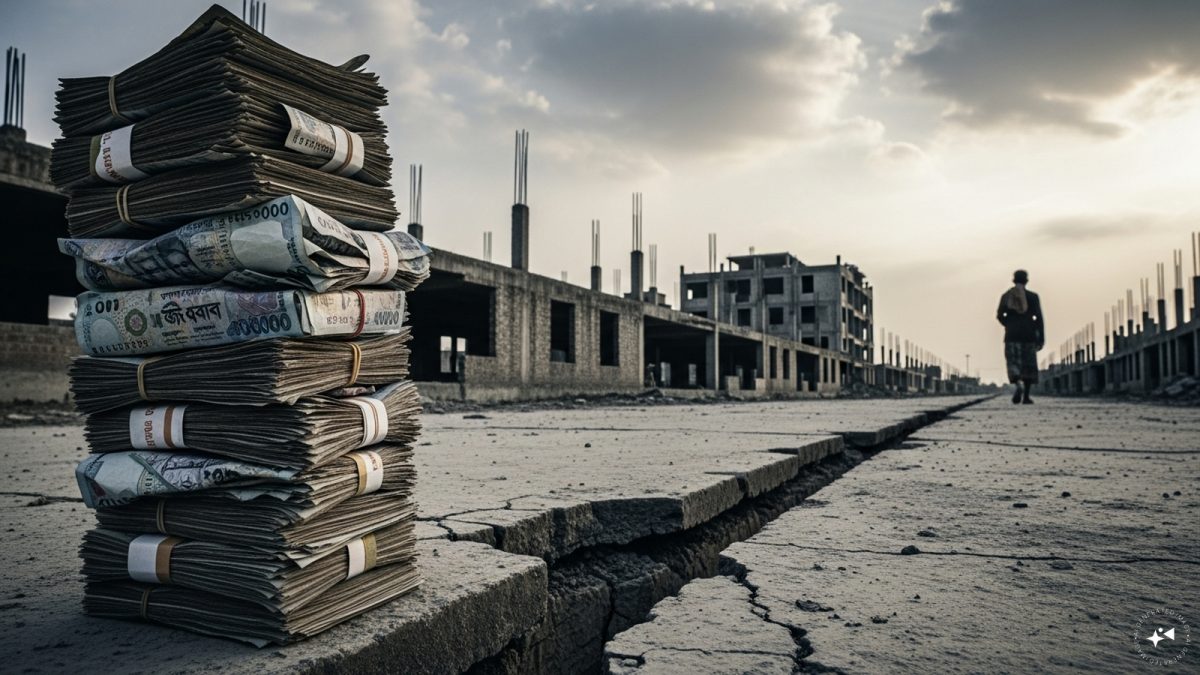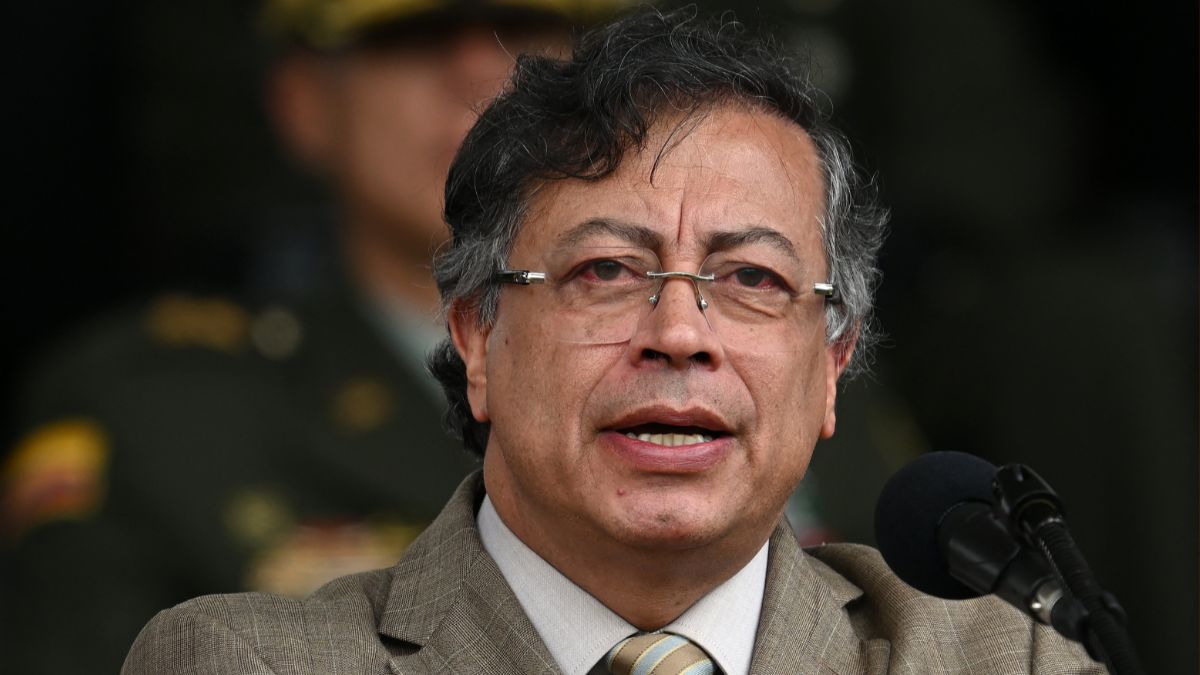Bangladesh’s non-performing loans rose to Tk 6.44 lakh crore by the end of September, accounting for 35.7 per cent of total banking credit, the central bank said on Wednesday.
According to the Bangladesh Bank, defaulted loans increased by almost Tk 3 lakh crore in the first nine months of the year, up from Tk 3.45 lakh crore in December. (1 USD = 122.41 Tk)
The data showed the overall default loan ratio climbed to 35.73 per cent at the end of September, compared with 24 per cent in March.
Total outstanding loans in the banking system amounted to Tk 18 lakh crore.
The Business Standard described the trend as a “historic spike”.
“Bangladesh had never seen such a slump in investment before,” Prothom Alo newspaper said in a report.
The Alo analysis said “unrest” and “uncertainty” were the biggest elements which emerged during Muhammad Yunus’s interim government, while the energy crisis, high interest rate, high inflation, low wage and decrease of purchasing capacity remained as issues.
”It (addition of two elements) created a lack of trust, resulting in economic lethargy, debarring employment generation,” the report read.
Bangladesh Bureau of Statistics (BBS) calculated in October the inflation rate to be 8.17 per cent, the highest among South Asian nations.
Several entrepreneurs and business leaders, however, said a tightened loan classification rule implemented from March contributed to a massive increase in loan default cases.
Quick Reads
View AllThe new rule suggested borrowers would be marked classified from the very next day of the payment expiry date.
Bankers said this meant an account would come under classification in three months of non-payment, while previously accounts were classified nine months after the expiry of the instalment payment date.
With inputs from agencies


)

)
)
)
)
)
)
)
)



